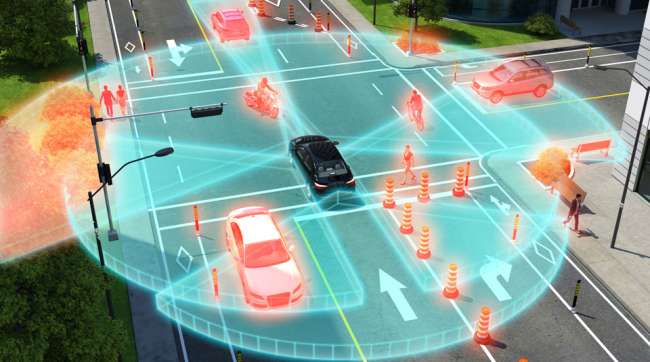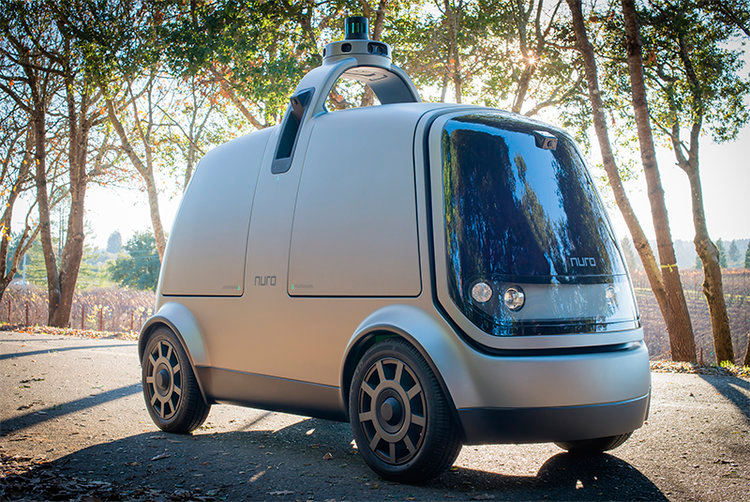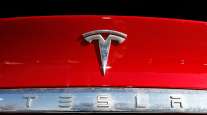Autonomous Cars May Cut Workplace Deaths, Official Says

Transportation-related workplace injuries might be slashed over time as autonomous vehicles become more common, state leaders said at a workshop in Springfield, Ohio, on Feb. 13.
But the changing technology also means industries like insurance and transportation companies are rethinking what their futures might look like, said Kendra DePaul, state coverage manager for the Ohio Bureau of Workers’ Compensation. Transportation-related injuries are a leading cause of workplace deaths, she said.
More than 4,800 fatalities occurred in the workplace in 2015 nationwide and about 5,200 fatalities in 2016, she said. Of those, she said about 40% were transportation-related. Nationally more than 37,460 people were killed in motor vehicle crashes in 2016, according to information from the National Highway Traffic Safety Administration.
“It’s really evident what sort of safety improvements are on the horizon,” DePaul said, addressing a crowd at the Safety Council of Springfield and Clark County, sponsored by the Chamber of Greater Springfield.
RELATED: Embark self-driving truck completes coast-to-coast test run

Nuro’s delivery pod will come with a modular, customizable interior that can carry about 250 pounds. (Nuro)
Fully autonomous vehicles are likely more than a decade away, DePaul said. But some safety features in newer vehicles, including lane-keeping assistance and adaptive cruise control, show what direction the industry might take moving forward, she said.
Six levels of automation exist, from zero autonomy to level five, in which humans are just passengers and never need to drive, according to the traffic safety administration. Most of the technology available now is considered level one, in which drivers control the vehicle but the cars include some features to assist the driver.
Honda’s newest Accord model, which is assembled in Marysville, Ohio, includes the Honda Sensing technology that provides safety features like lane departure warnings, adaptive cruise control and traffic sign recognition that allows the car to detect and read road signs like speed limits.
As the technology continues to improve, DePaul said insurance, trucking and other industries are trying to think ahead to determine how their business is changing. One example, she said, is determining liability in case of a crash. Insurance companies might need to determine whether a vehicle’s owner or the manufacturer is responsible in case of an accident, she said.
It’s also possible insurance companies could offer discounts for vehicles that include specific features if they’re proven to reduce crashes, for example.
Agencies like the BWC also need to think about how the new technologies might change worker health in industries like trucking, DePaul said. It’s unclear what impact autonomous technology will have on the number of truck driving jobs.
RELATED: Driverless Udelv cargo vehicle goes live
It’s possible drivers may still be needed in a vehicle but do less of the driving. If drivers are sitting for longer stretches, she said it might lead to different injuries or health issues that aren’t as common now.
Businesses might even have to rethink existing safety features like airbags, which are designed to protect drivers and passengers who are sitting upright in a vehicle. As people become more comfortable in a self-driving vehicle, they may move around in a car or become focused on other tasks, which could lead to injury in an accident.
“As people learn they don’t have to drive the car, it’s always a question of what are they going to be doing,” DePaul said.
Distributed by Tribune Content Agency, LLC




